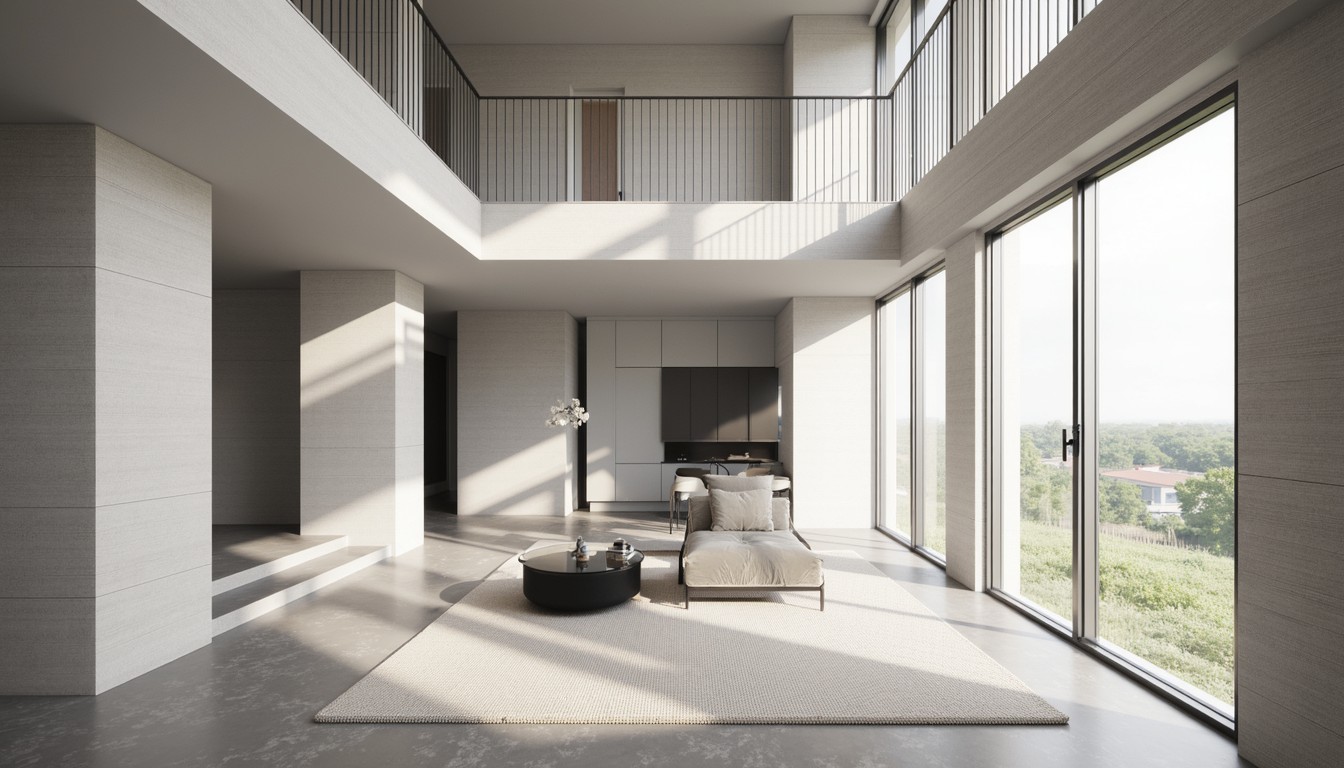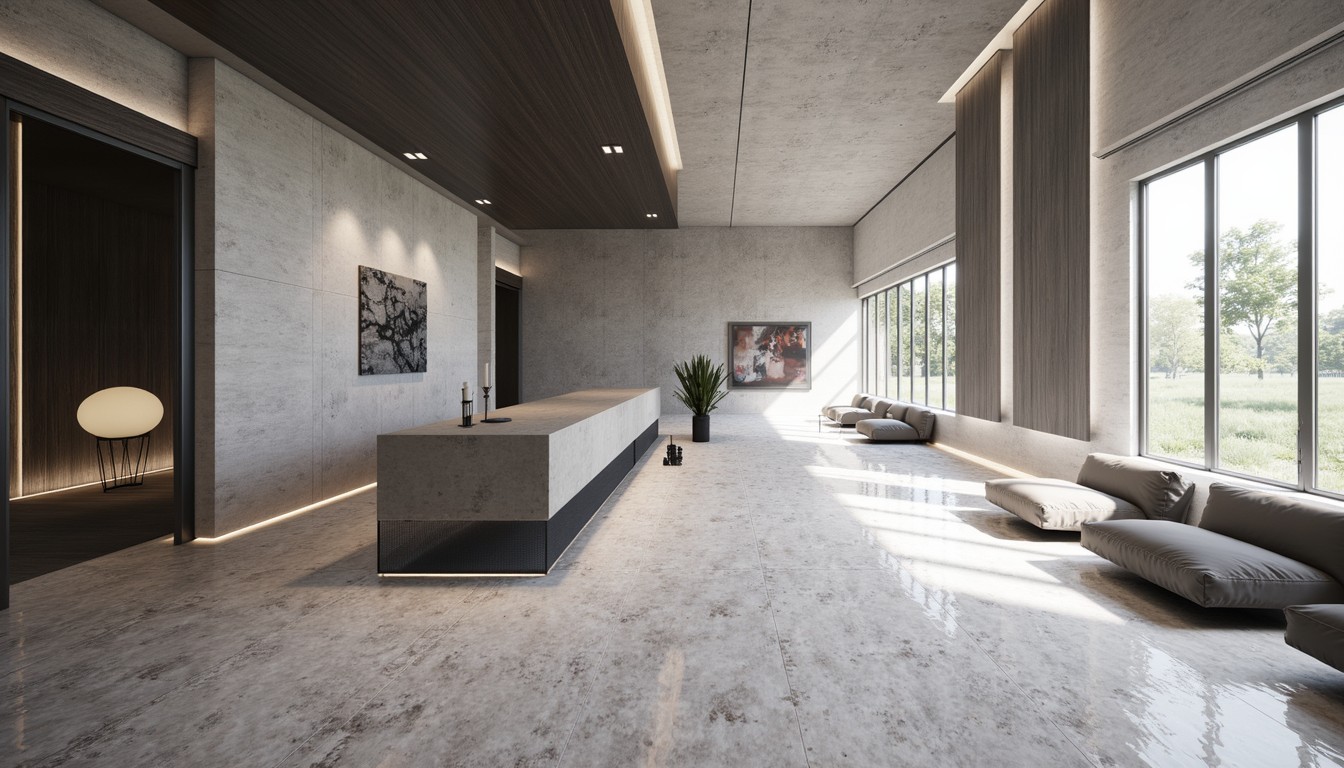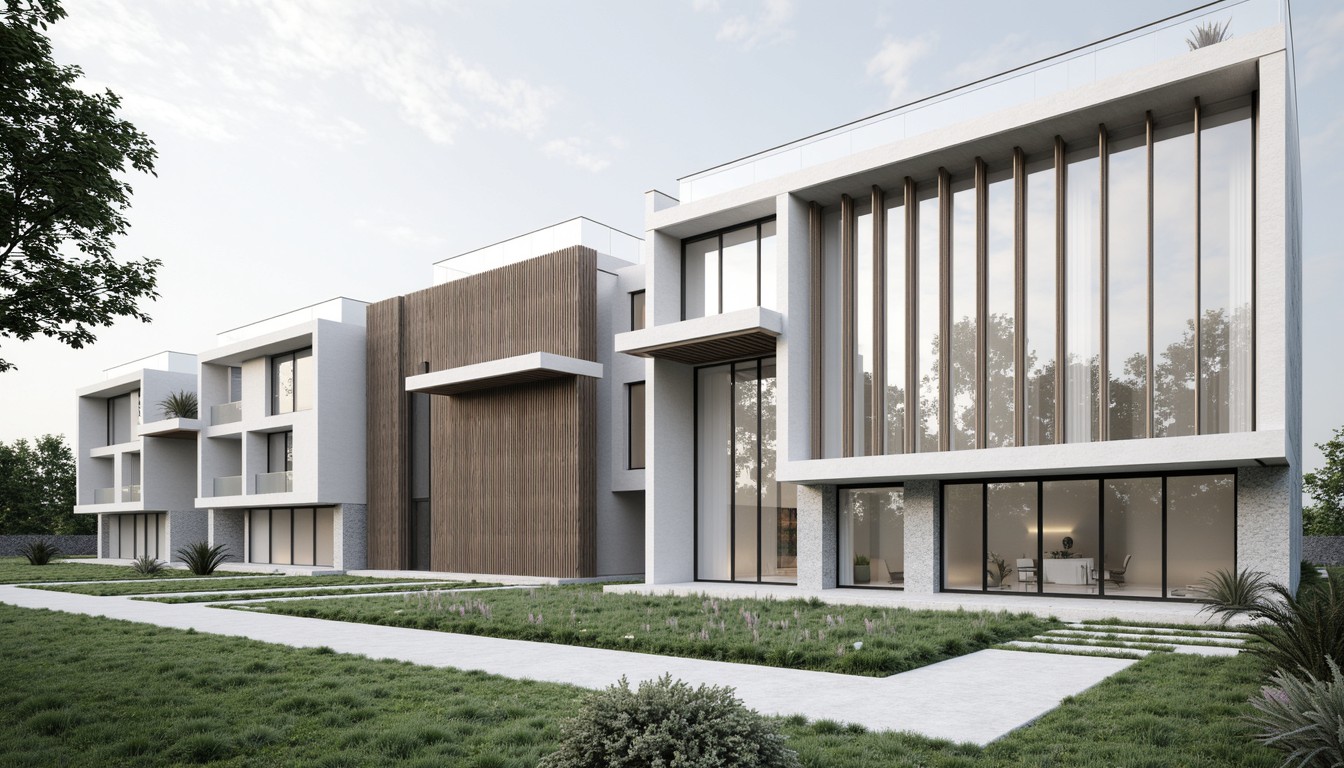3D Printing in Construction: Building the Future
The construction industry, traditionally slow to adopt new technologies, is experiencing a seismic shift with the rapid advancement of 3D printing. No longer a futuristic fantasy, 3D concrete printing is transforming how we design, build, and envision structures, offering unprecedented levels of efficiency, sustainability, and creative freedom. This innovative technology is poised to revolutionize the construction landscape, building the future, one layer at a time.
What is 3D Printing in Construction?

3D printing in construction, also known as additive manufacturing, involves using specialized machines to deposit layer upon layer of building material, creating three-dimensional structures from digital designs. Unlike traditional construction methods, which often involve extensive manual labor and prefabricated components, 3D printing allows for the direct creation of complex shapes and customized designs with minimal waste.
The most common material used is concrete, but other materials like polymers, metals, and even sustainable bio-materials are being explored. The process often begins with a digital model created using Building Information Modeling (BIM) software, which is then translated into instructions for the 3D printer. The printer then extrudes the chosen material according to these instructions, building the structure layer by layer.
Types of 3D Printing Technologies in Construction
Several 3D printing techniques are employed in construction, each with its own strengths and weaknesses:
- Extrusion-based 3D printing: This is the most common method, involving the extrusion of a material, usually concrete, through a nozzle. It's suitable for creating walls, facades, and other large-scale structures.
- Binder jetting: This technique uses a binding agent to consolidate powdered materials, creating strong and durable structures. It's particularly useful for creating intricate details and complex geometries.
- Vat polymerization: This method uses a liquid resin that is cured by UV light, allowing for the creation of highly detailed and precise components.
Advantages of 3D Printing in Construction

3D printing offers numerous advantages over traditional construction methods:
- Increased Speed and Efficiency: 3D printing significantly reduces construction time, allowing for faster project completion and reduced labor costs.
- Reduced Waste: By printing only the necessary material, 3D printing minimizes waste compared to traditional methods that often generate substantial amounts of scrap material.
- Cost Savings: While initial investment in 3D printing equipment can be high, the long-term cost savings through reduced labor, materials, and time can be substantial.
- Enhanced Design Flexibility: 3D printing allows for the creation of complex and customized designs that would be impossible or impractical with traditional methods.
- Improved Sustainability: The reduced waste and potential to utilize sustainable materials make 3D printing a more environmentally friendly construction approach.
- On-site Construction: 3D printing can be done directly on the construction site, reducing transportation costs and logistics challenges.
Real-World Applications of 3D Printing in Construction
3D printing is already being used in various real-world applications, including:
- Residential Buildings: Entire houses and apartments are now being 3D printed, demonstrating the technology's potential for mass housing solutions.
- Commercial Structures: Offices, shops, and other commercial buildings are increasingly incorporating 3D-printed elements, showcasing its scalability.
- Infrastructure Projects: Bridges, retaining walls, and other infrastructure components are being 3D printed, demonstrating its versatility in large-scale projects.
- Disaster Relief: 3D printing offers a rapid and efficient solution for building temporary shelters and infrastructure in disaster-stricken areas.
Challenges and Limitations of 3D Printing in Construction
Despite its numerous advantages, 3D printing in construction also faces several challenges:
- High Initial Investment: The cost of 3D printing equipment can be significant, requiring substantial upfront investment.
- Material Limitations: The range of suitable materials for 3D printing is still relatively limited, although this is constantly expanding.
- Scalability and Standardization: Scaling up 3D printing for large-scale projects requires robust infrastructure and standardized processes.
- Skill Gap: A skilled workforce is needed to operate and maintain 3D printing equipment and understand the technology's intricacies.
- Regulatory Hurdles: Building codes and regulations may need to be updated to accommodate 3D-printed structures.
The Future of 3D Printing in Construction

The future of 3D printing in construction is bright. As the technology continues to develop, we can expect to see even more innovative applications, increased efficiency, and wider adoption across the industry. The integration of artificial intelligence, robotics, and advanced materials will further enhance the capabilities of 3D printing, leading to more sustainable, cost-effective, and aesthetically pleasing structures.
ArchNav: Visualizing the Future of Construction
At ArchNav, we understand the transformative power of 3D printing in architecture and construction. Our cutting-edge architectural visualization services help bring your 3D-printed projects to life, allowing you to explore designs, communicate ideas effectively, and secure approvals. We provide high-quality renderings, virtual tours, and animations that showcase the potential of your 3D-printed structures, helping you navigate the complexities of this exciting new technology. Contact us today to discuss how we can help you visualize the future of construction.
